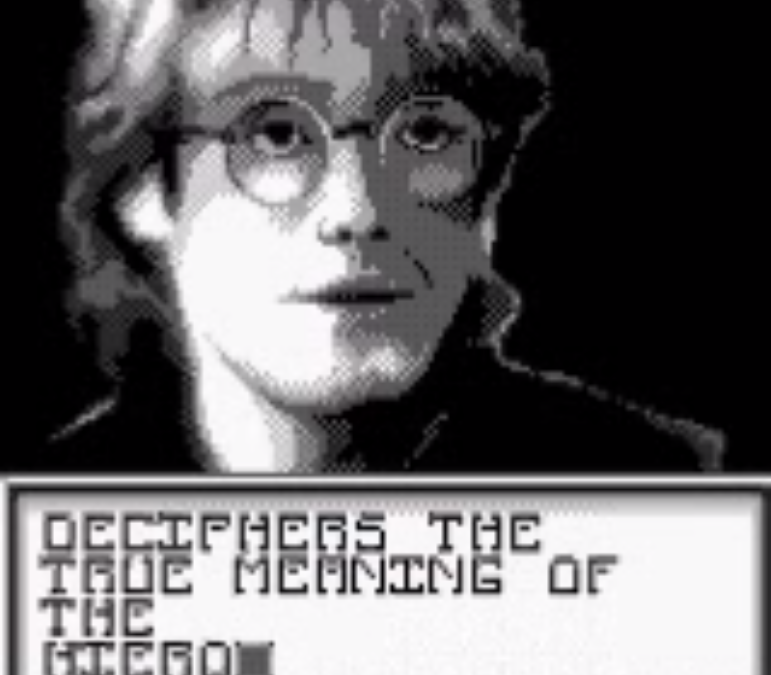
Stargate (Game Boy)
Beam Software’s Stargate for the Game Boy is a Tetris-like puzzle game where players must close the gates to prevent an invasion from the alien ruler Ra.

Beam Software’s Stargate for the Game Boy is a Tetris-like puzzle game where players must close the gates to prevent an invasion from the alien ruler Ra.
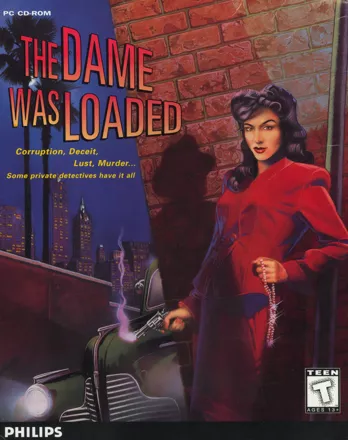
Beam Software’s ambitious full motion video detective mystery features a glamorous and mysterious lady whose motives may not be pure, a gallery of seedy characters to interact with and many puzzles to be solved by you as gumshoe detective Scott Anger (a man with a tragic past and a hard drinking habit).

Choplifter II is a military-themed search and rescue Game Boy game by Beam Software. Players fly a chopper over war zones, jungles, and through tight cave tunnels with the objective of rescuing hostages from an unnamed enemy.
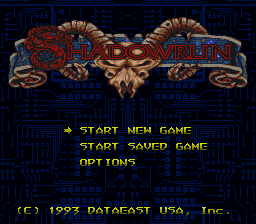
The original Shadowrun game design concept was developed by Gregg Barnett. It was very forward thinking according to Shadowrun map designer Justin Halliday but also rather technically infeasible. The games design document promised the feel of a 3D world. Halliday explains “It envisaged this beautiful isometric game on the SNES with forced perspective where you could move your character between foreground and background objects.” None of which had previously been done on the SNES.
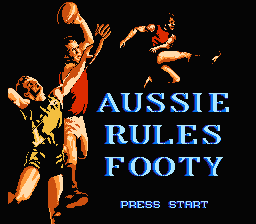
Aussie Rules Footy was the first Australian Rules Football (AFL) game for console (1). It was developed by Beam Software and published under their Laser Beam Entertainment identity that Fred Milgrom created to publish Nintendo games locally. The game was only released in Australia.

Bad Street Brawler is a game title familiar to many for its celebrated place on “worst videogame ever” lists and its canonical status as one of only two games ever designed specifically for use with the infamous Mattel Power Glove for the NES. But its real story is that of Beam Software’s quest to develop for Nintendo in the late 1980s.
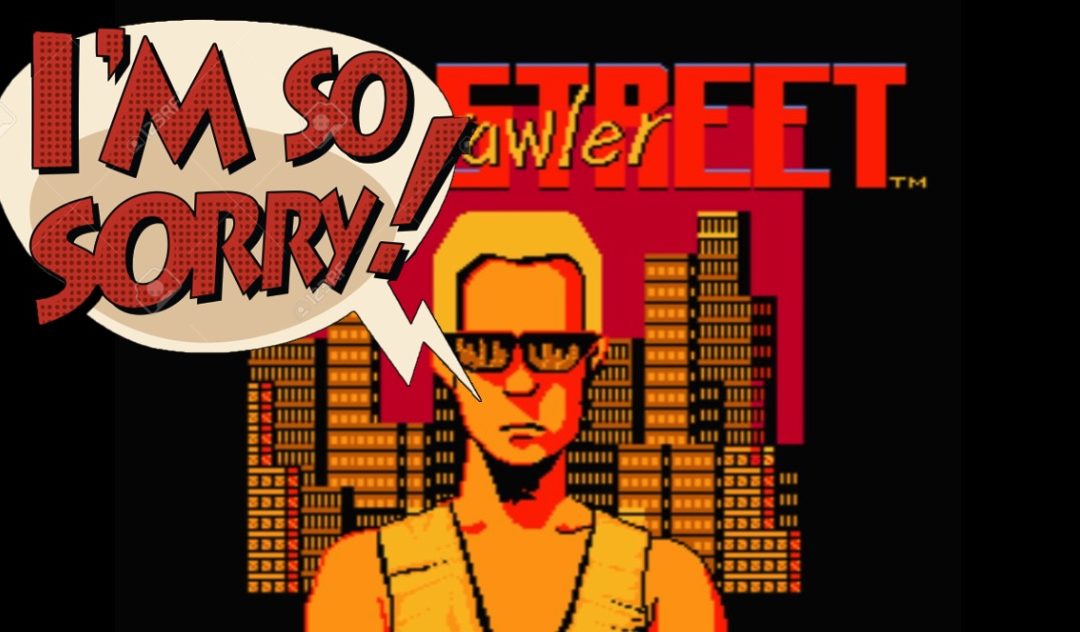
I recall distinctly when the first Famicom (Japan version of the NES) arrived at Melbourne House/BEAM. Fred Milgrom had directed them to reverse engineer it. Nintendo, at that stage, wanted a significant fortune and your first-born child for the rights to program games for it – and Fred wasn’t going down that pathway. The Famicom was actually a 6502-based machine. I was a 6502 guy (as opposed to the Z80 people). It’s not that I really wanted to program the machine, but more that I realised that if it was any good, then I’d have an easy time of it. Little did I know.
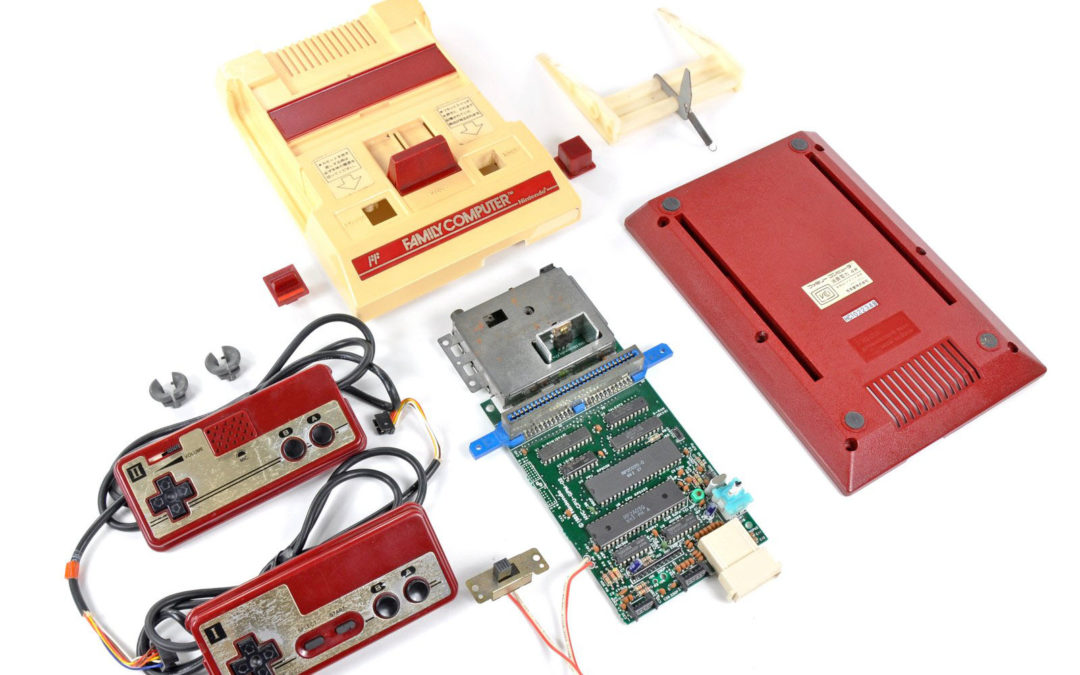
How Nintendo threatened to destroy the early Australian Game industry and Beam Software became an accredited developer for the NES. In 1983, when the Famicom was first released in Japan, Beam Software co-founder and CEO Alfred Milgrom travelled to Japan and acquired some machines. He brought them back to the South Melbourne offices of Beam where Adrian Thewlis, disassembled them.
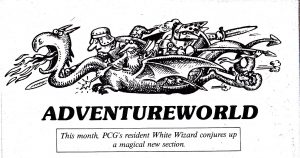
Help columns were a regular feature of computer magazine in the 1980s. As Adventure games were perhaps the most challenging games to play frequently leaving players stuck and unable to progress the Adventure help guru was a must for most game publications. The popularity of “The Hobbit” and the challenges of the Megler’s world and puzzles and the possibilities of Mitchell’s parser saw many column inches dedicated to the game.
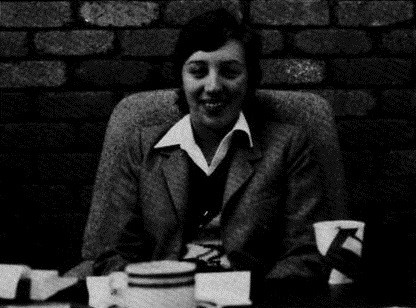
In the last year of a Bachelor’s degree in Science at Melbourne University in 1981, Phil and I were hired by Fred Milgrom as part-time programmers to write “the best adventure game ever”. Based on the game’s commercial success and feedback from fandom still rolling in three decades later, we succeeded in doing so: possibly the best-selling text adventure of all time.
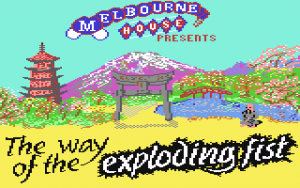
Remember the maddening process of waiting thirty-minutes for a tape to load?
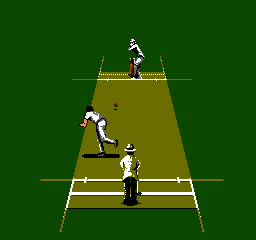
Released in 1992, International Cricket is the second of the Australian Sports Games Beam Software self published in Australia for the Nintendo Entertainment System (NES ) through their publishing arm Laser Beam Entertainment. It followed on from Aussie Rules Footy in 1991.
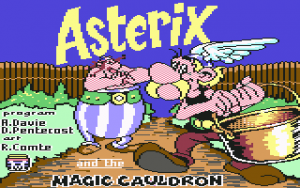
“Asterix and the Magic Cauldron” is based on the characters and the world of the “Asterix” comic books. The aim of the game is to take Asterix and Obelix on a journey to collect all seven pieces of Getafix’s broken cauldron. Asterix needs to carry food, for Obelix to follow him.

A compendium of different games, it includes a boomerang throw, a bellywack competition, an Aussie Rules football punting game, a dry boat race and the infamous skeet shoot. In the skeet shoot game, you have to hit an empty beer can thrown from a moving ute. Success results in the dog, who is riding shotgun in the ute, chundering
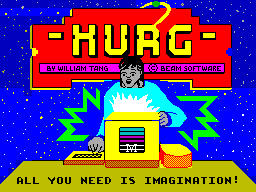
“H.U.R.G., High-Level User-Friendly Real-Time Games Designer”, is a program that enables you to create games. It is a menu-driven program, which was relatively new at that time, and it enables people with little or no programming knowledge to make their own games.
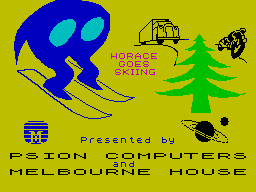
“Horace Goes Skiing”, released in 1982, was a spin-off from the successful “Hungry Horace”. “Horace Goes Skiing” is initially similar to the arcade game “Frogger”. In this instance, Horace has to negotiate a busy and dangerous road, in order to get to the ski shop, to rent a pair of skis.
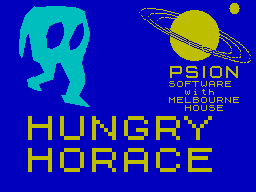
“Hungry Horace” was programmed by William Tang, but Alfred Milgrom contributed to the design of the inimitable Horace, a character created using minimum grid available. Milgrom sent a copy of the game to Psion Software in the UK. It was Psion’s close relationship with Sinclair Research which saw the Horace Games packaged with ZX Spectrum making it one of the first home computer game experiences for many people.

“Melbourne Draw” is one of a couple of graphics toolkits that were created for the ZX Spectrum in the early 1980s. It was launched to widespread publicity, with “Crash” magazine saying that ‘”Melbourne Draw” stands out clearly as a professional tool”.
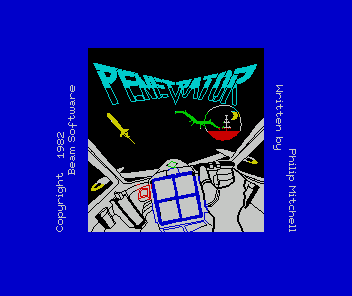
The tastefully named “Penetrator” was one of Beam Software’s earliest games. Designed for the ZX Spectrum by Philip Mitchell and Veronika Megler the game is a clone of Konami’s popular 1981 arcade game “Scramble”. A sideways scrolling shooter “Penetrator” recreates “Scramble”’s challenges of flying and shooting…
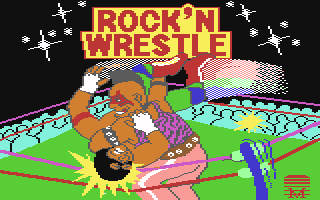
“Rock’n Wrestle” (known as “Bop’n Wrestle” in the US) was one of the first games to have 3D movement through space. The game allowed for single or dual player modes, using the joystick or the keyboard supporting twenty-four wrestling manoeuvres.
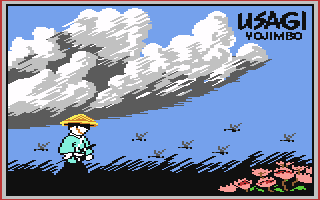
Samurai Warrior: The Battles of Usagi Yojimbo”, is based on a successful comic book by Stan Sakai. The hero is an anthropomorphic rabbit named Miyamoto Usagi, living in seventeenth-century Japan. Usagi is a masterless samurai (a ronin), who wanders the land, occasionally taking up work as a bodyguard.
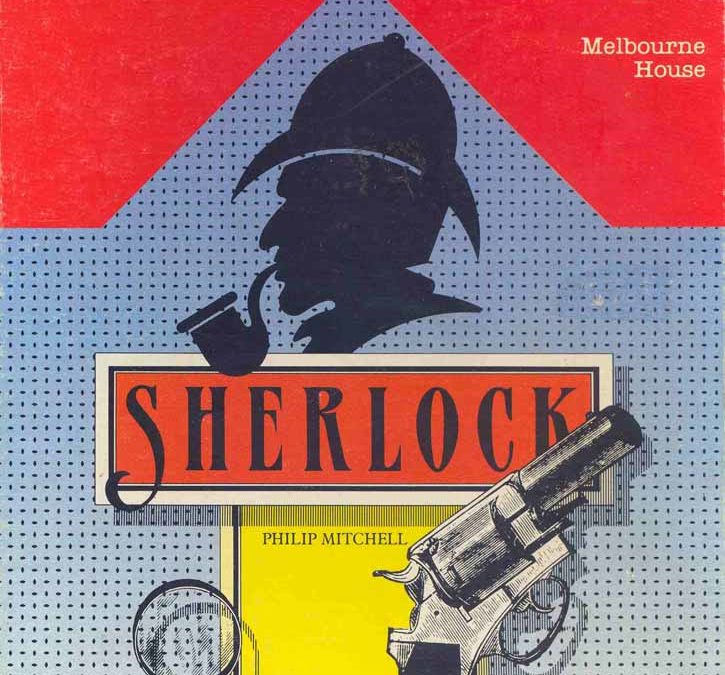
“Sherlock” is a 1984 text adventure developed by Philip Mitchell and Beam Software. It was published by Melbourne House. The game is based on the famous Sir Arthur Conan Doyle books featuring the super sleuth Sherlock Holmes, fiction’s most famous detective. You take the role of Holmes, assisted by Dr. Watson.

Before joining Beam Software in 1982 as their financial director Adam Lancman was working as an auditor in a big accounting company. Lancman had a passion for computer games and his enthusiasm for them was legendary in the office. He quickly became more involved in the business and management of Beam, becoming a shareholder, a director and later CEO. Alfred Milgrom saw Lancman as providing a much needed extra depth to Beams management team.
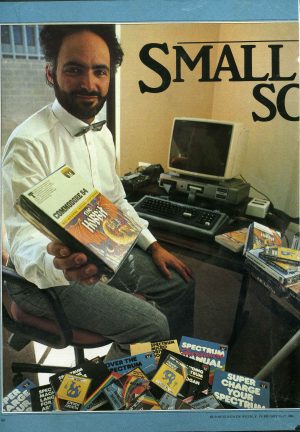
Alfred Milgrom co-founded Melbourne House publishing and Beam Software games development studio. Melbourne House established in 1978 with his wife Noami Besen was orginally a UK registered book publishing company. In 1980, Milgrom and Besen started Beam Software, the electronic gaming arm with distribution through Melbourne House. The name “BEAM” is an amalgam of their names. Beam became successful enough for Melbourne House to cease book publishing and to concentrate on electronic games.

Andrew Davie always loved electronic games and computer programming. He first remembers getting ‘into’ programming around 1977, when he was in grade 7. Davie was passionate about arcade games from the late 1970s. School gave him his first real taste of programming and he taught himself how to write games. He followed this by writing a game on his 31-step Sharp programmable calculator.